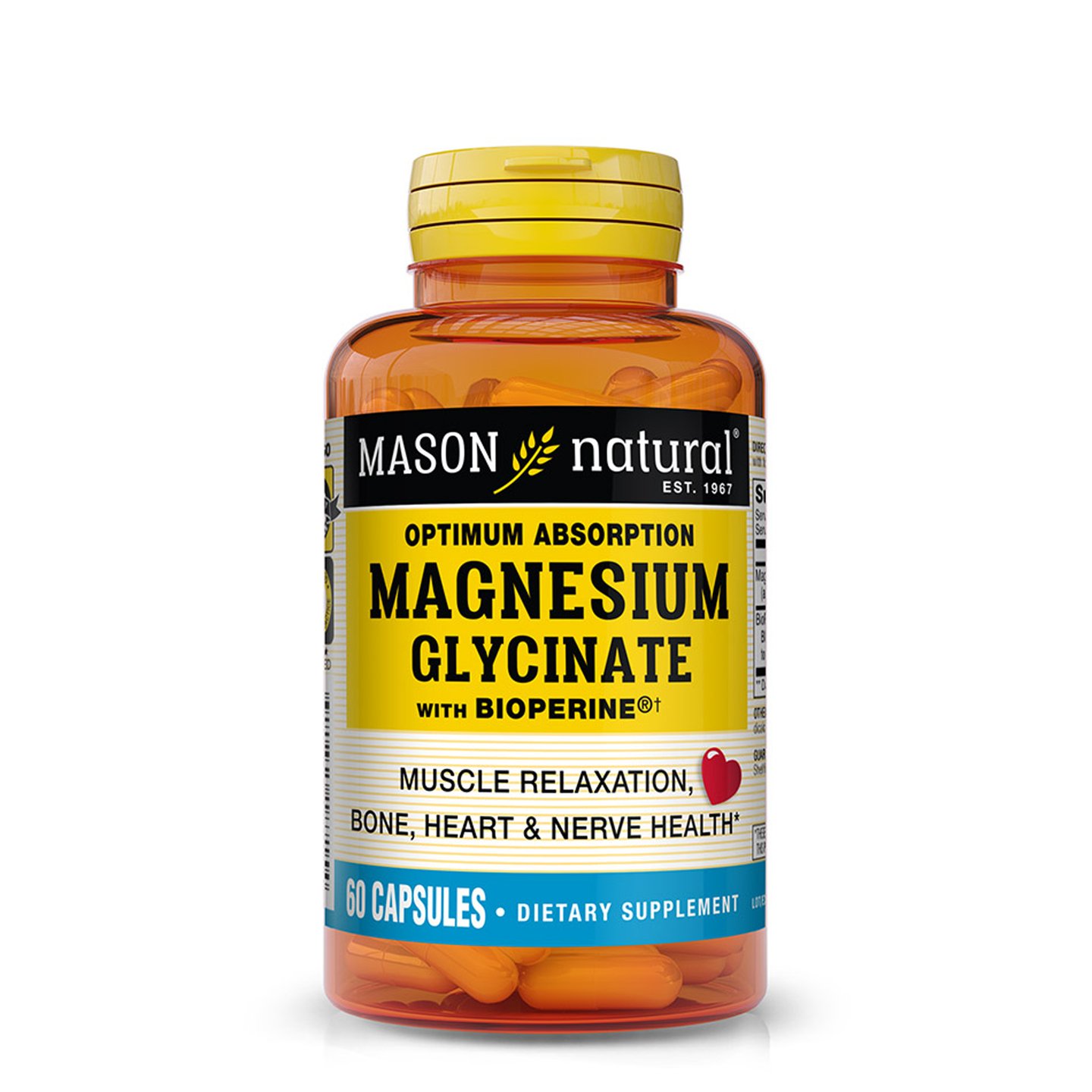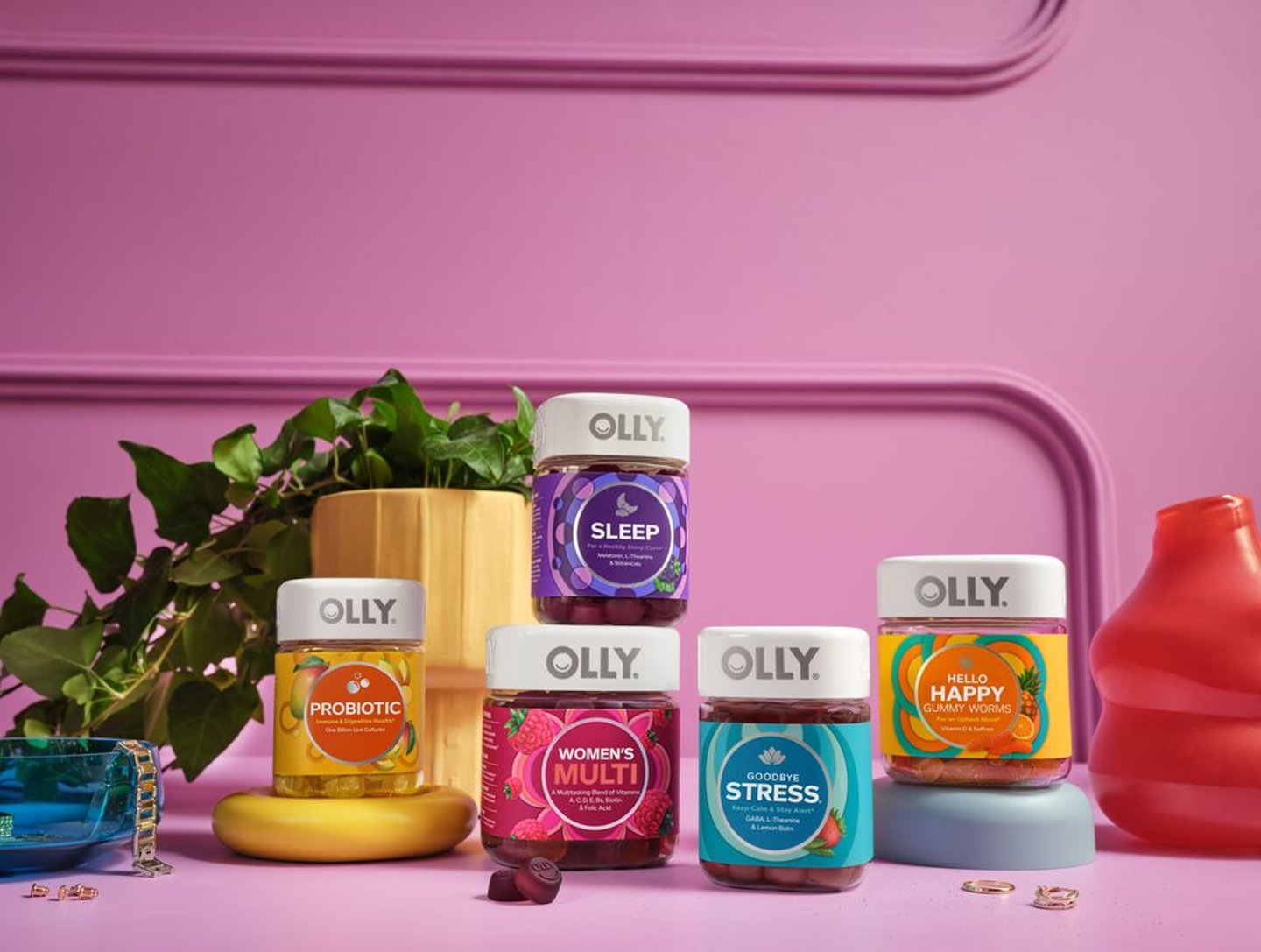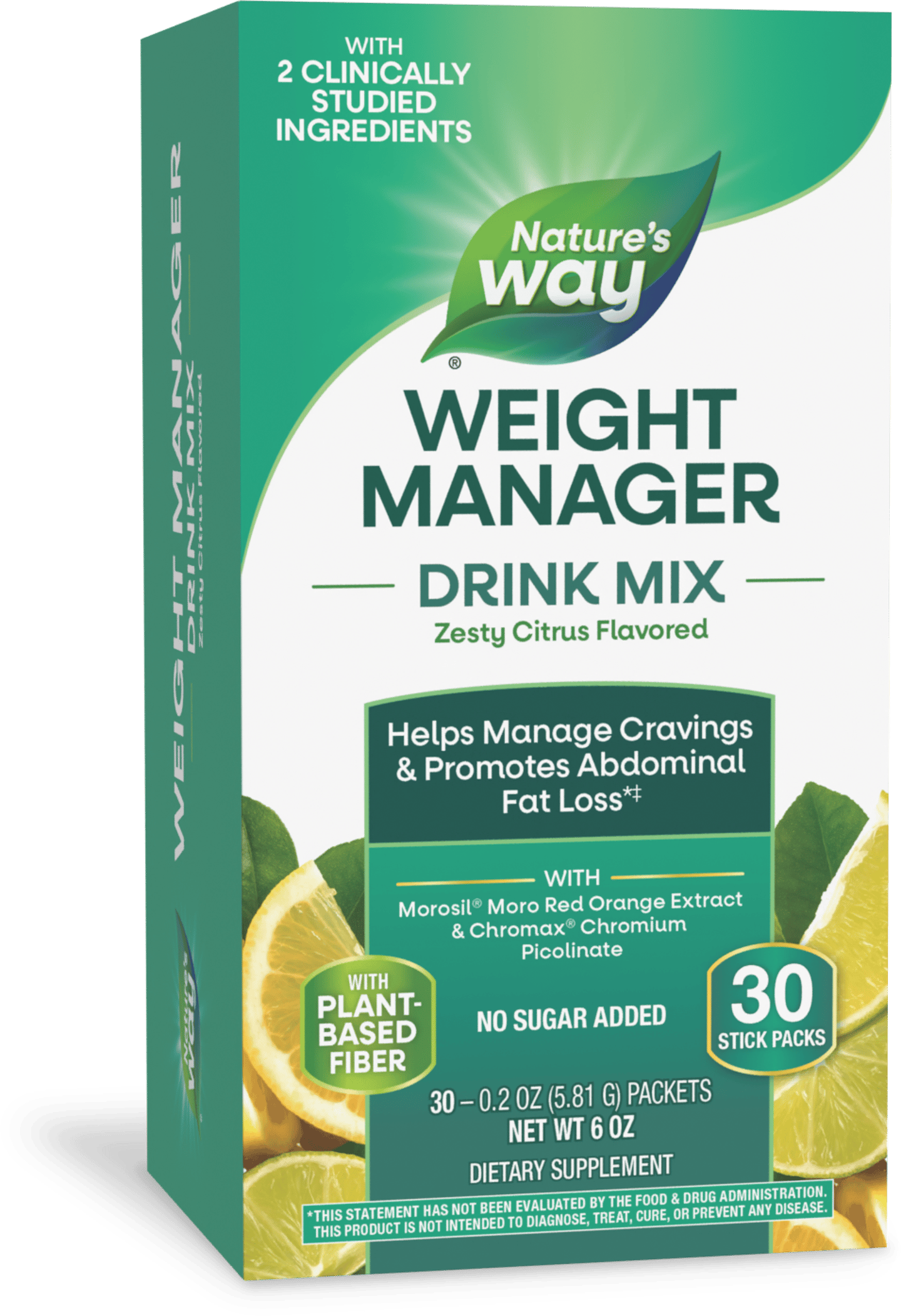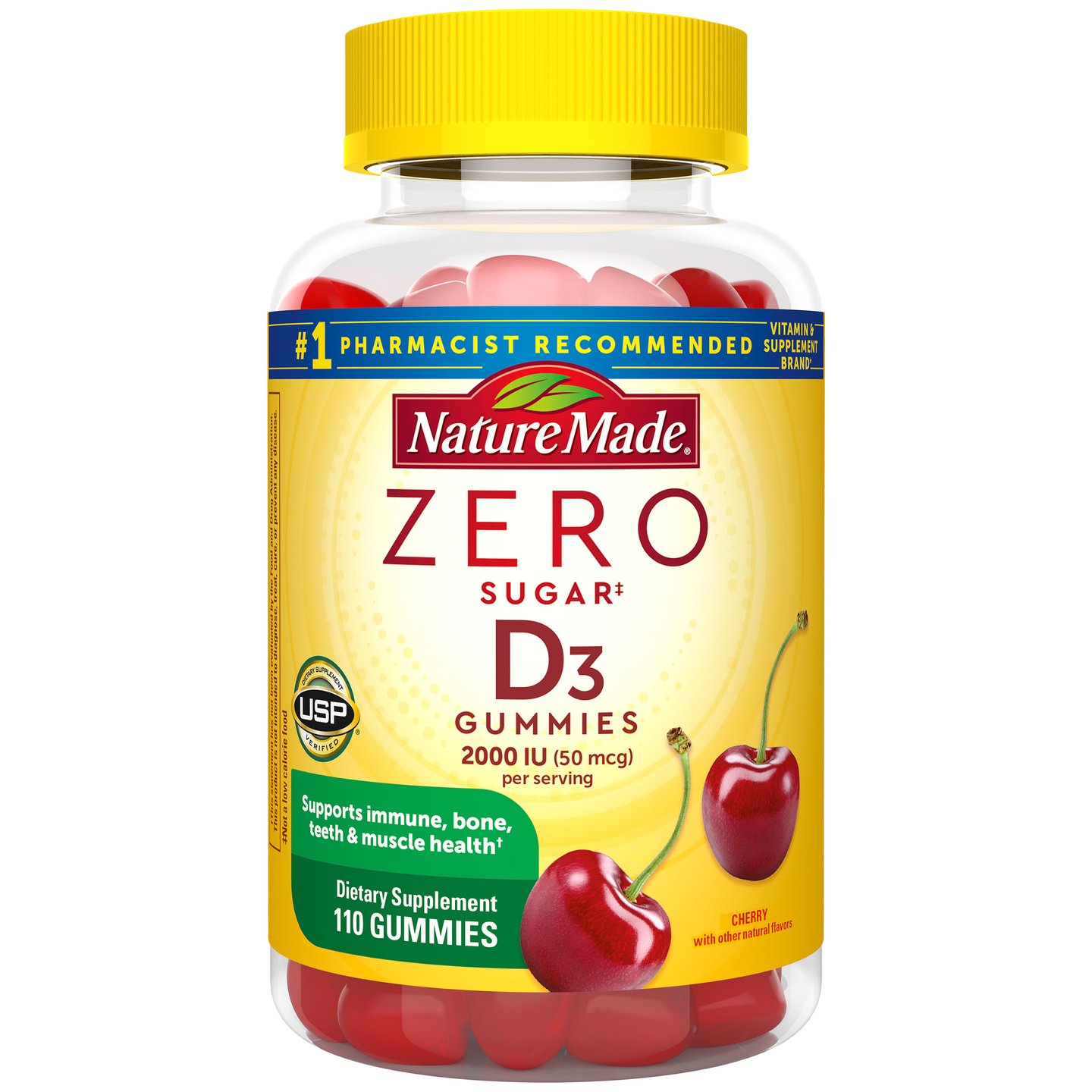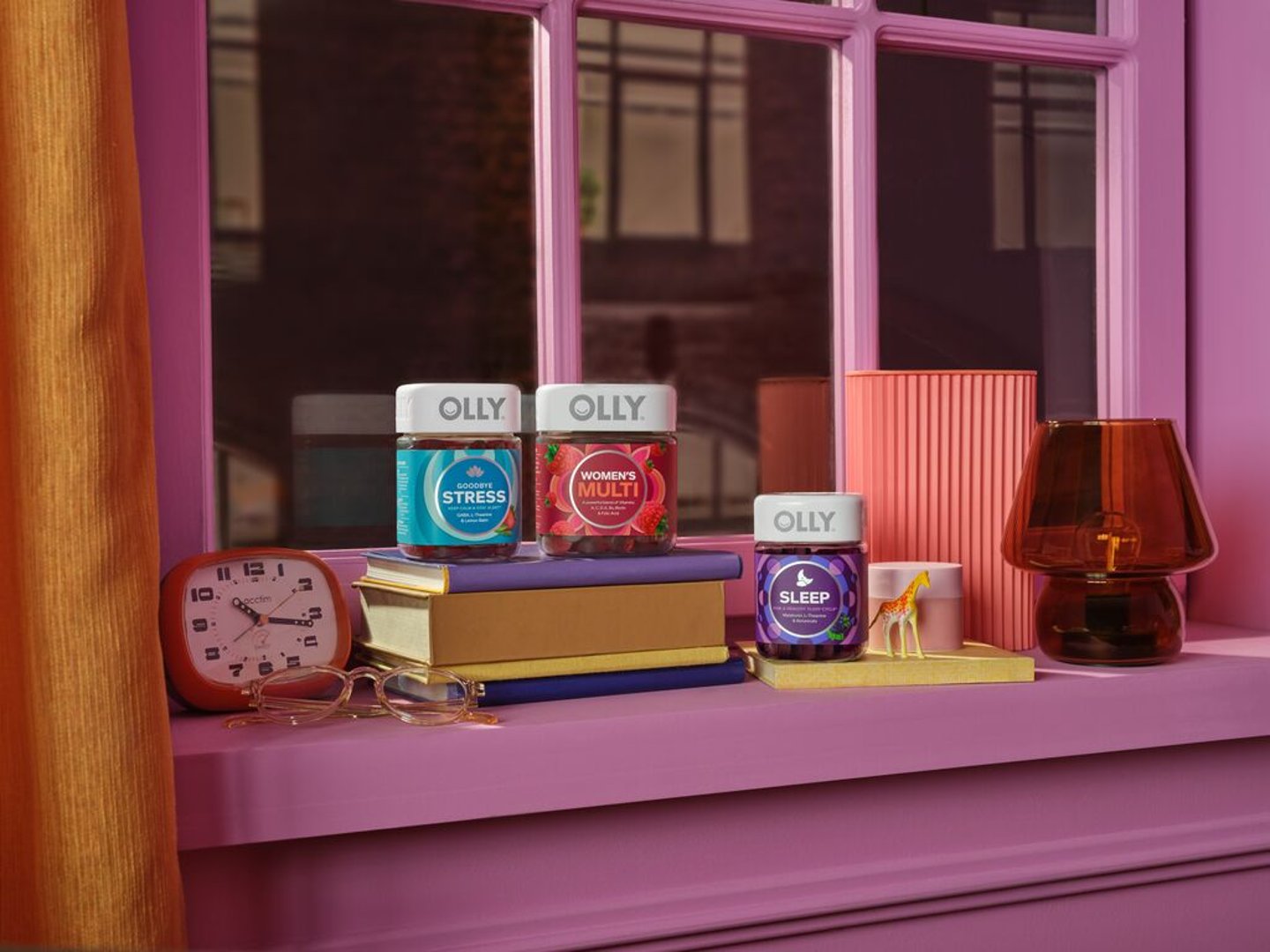Health and Immunity Focus
The vitamins, minerals and supplements market was worth $37 billion in the United States. in 2024, according to the Nutrition Business Journal, in a forecast developed by market research company Mintel. It’s expected to grow to $41 billion by 2029.
Almost 60% of vitamins, minerals and supplements are sold online, according to a report from Mintel, “Vitamins, Minerals, Supplements – U.S. – 2024.” Data from NielsenIQ shows that drug stores are getting just $3 billion of this business, slightly less than the grocery channel.This means there’s a lot of room for drug stores to grow their business in this area and a lot of innovation in the category so there’s plenty for stores to tout.
[Read more: CRN launches Sports and Active Nutrition Forum]
Delivery methods
One thing that’s changing a lot is how these products are delivered, said Chuck Tacl, senior vice president of sales and business development, Mason Vitamins, Miami Lakes, Fla.
Gummies are Americans’ favorite format, but as consumers experience “pill fatigue,” other formats are seeing strong growth, including liquids, powders and chewable products, he said. Mason Vitamins is “predicting other forms will pick up.”
NielsenIQ shows that when it comes to in-store sales gummies are the most popular (25.2% of units sold), followed by softgels (20.8%), capsules (19.5%) and tablets (18.8%), though powders and liquids are seeing strong double-digit growth.
While gummies continue to be popular in the Nature’s Way portfolio, there’s growth in capsules, tablets, powders and liquids, said Laura Chamberlain, chief customer officer. And she thinks consumers can expect more experimental formats.
Consumers want products that are easy to take, said Miranda Lo, vice president of brand, Olly, such as gummies, small capsules or lollipops. And consumers prefer them without synthetic flavors or colors.
[Read more: Replenza Labs unveils GLP-1 nutritional support system]
The popular products
According to NielsenIQ data, the biggest categories of vitamins and supplements are general health, digestive supplements, immunity, heart health, beauty, mental performance and sleep aids. And the top products are multi-vitamins (by far), followed by magnesium, vitamin B and vitamin D.
Products doing well for Mason Vitamins are magnesium; products for digestive health; probiotics and prebiotics; colon cleanse; prostate therapy; and ashwagandha, said Tacl. Also popular: products for cognitive health, calm/stress and beauty.
Antioxidants are swinging back into popularity, said Chamberlain, and mood and stress supplementation have continued to be popular since COVID and thanks to social media, she said.
Last year Pharmavite introduced two new products in response to customer demand: Nature Made Advanced Multivitamins, which provide 60% more nutrients than its standard multivitamin gummies; and Zero Sugar Gummies “in response to gaps we identified in the market,” said Rhonda Hoffman, executive vice president, chief growth officer.
But in general, she pointed out, consumers lean toward products that are general or preventative in nature, such as multivitamins and immunity support, though are increasingly seeking focused solutions to meet their unique needs for functions such as mobility, digestion, heart health, sleep and energy support.
Nature’s Way is also seeing a move toward more herbal products in mainstream drug stores. The company has been offering herbal products since 1969 and has more than 300 herbs in its portfolio. “The natural channel has been our core focus but we’re seeing this emergence of younger consumers dabbling in that space,” said Chamberlain. “We are putting more time and attention to this, [and] it’s an area that will continue to expand.” Multiple large retailers have already expressed interest in the herbal set, she said.
A big factor in all of this is personalization, said Chris Czech, senior director of sales, Nature’s Way. Many consumers are looking to avoid prescriptions and want products specific to their needs, he said. This includes products tailored to their life stage, lifestyle and specific needs and wants, added Chamberlain.
Consumers are leaning toward “a tailored, one-ingredient approach, compared to the conventional holistic multi-vitamin solutions,” said Mintel’s report. They’re aiming to care for their own unique health needs and lifestyle choices. “The desire for tailored products is driven by the recognition that individual health goals and nutritional requirements can vary significantly,” the report states.
GLP-1s gain traction
According to the Centers for Disease Control and Prevention, more than 70% of Americans are overweight or obese so the launch of GLP-1 drugs has been revolutionary.
GLP-1s help consumers lose weight by decreasing their cravings and appetite. However, they have other unwelcome side effects, such as GI issues and low energy due to limited food intake. “Sometimes the unpleasant effects are holding them back from staying with their GLP1 medications,” said Erin Palinski-Wade, a registered dietitian on the advisory board for Replenza. “We want to ensure they’re meeting their nutritional needs and feeling their best.”
Replenza Labs launched Replenza in November to help consumers taking GLP-1 drugs obtain their nutrients. The company offers two products, Daily Replenisher and Daily Nutritional Supplement. The former aids muscle recovery, digestive health, skin elasticity and provides electrolytes; the latter provides 22 vitamins and minerals and supports gut health.
“It’s really helping [people] be more compliant with their GLP-1 medications,” said Palinski-Wade.
Replenza products are sold in retail pharmacies, as well as grocery stores and online. In drug stores they’re best merchandised on the pharmacy counter, said Ann-Marie Mullen, senior vice president of marketing, and in the digestive and weight-loss sections of the store “because that’s where people will find us logically.”
Chamberlain of Nature’s Way expects to see more focus on joint health as GLP-1 users lose weight and start being more active. Liquid Joint Movement Glucosamine has been popular and a stick powder is coming out this spring to offer another option to consumers. “Someone could have the liquid at home or take the powder when they’re traveling,” said Czech. “Both are unique to the category.”
And coming this spring from Nature’s Way is Weight Manager, available in two flavors. This product “is a clinically studied supplement blend that supports reduced appetite and belly fat reduction with a price point that’s approachable,” Chamberlain said.
A lot of GLP-1 users also have dietary issues because the drugs slow users’ digestive tract “so probiotics are important, she adds. And hair, skin and nails can be impacted because they’re often neglected by supplements, which are sending their goodness primarily to internal organs. Collagen supplements can help with that, she pointed out.
Next up from Mason will be berberine, which Tacl said “has the halo effect of a GLP-1. It also lowers blood sugar and might have weight management attributes. It’s taken off dramatically from zero to now going 100 miles per hour across the United States,” he said. Mason is also looking at different delivery forms for this.
Being visible
Mason Vitamins likes its products displayed with other brands, by disease state, because that’s how consumers shop, said Tacl. It provides floor displays and likes to be included in solution end caps because it helps get product into baskets.
“More and more we’re seeing people shop by need state like anxiety,” said Czech. When Nature’s Way launches a new product to help specific consumer need states, it tries to create a block for the consumer. This might mean pairing a mood item with a stress item and a sleep item. “It's a nice block and stands out,” said Czech. “It can lead to an extra sale.”
Nature’s Way is also using POS materials in drug stores to call out key benefits of the products.
The company also likes to do some cross-merchandising, offering joint health products in a shipper near knee braces. “The less friction for the shopper, the easier for the retailer to convert them into bigger basket sizes,” said Chamberlain.
Olly’s preference is showcasing all of its products together by different benefit areas (sleep, immunity, multis). “We have found this helps consumers navigate and explore more easily,” said Lo.
Pharmavite’s research indicates that shoppers divide the vitamins, minerals and supplements aisle into three distinct areas: multivitamins, brand blocks and some specific need states. “Given Nature Made’s vast portfolio, we are merchandised in all three areas of the aisle to meet shoppers where they are looking for us,” Hoffman explains.
Other connection points
Otherwise, to reach consumers, Tacl said digital marketing is the way to go. It’s important to have a good content page on Amazon “because people are still going there to research a product. That’s one of the best ways and has become huge, helping educate people as they’re researching,” he said,
QR codes also resonate with consumers, as do social media and influencers. “It’s a dynamic platform to engage and educate consumers on benefits and attributes,” said Chamberlain.
Olly uses traditional and modern media to get the word out to consumers, including working with influencers. It tailors its creative to reach various groups, be they college students or millennial moms. Testing is also an effective marketing strategy. “Getting samples into hands is a key part of reaching our consumers,” said Lo, adding that the brand partners with meal delivery services and hotels to do so.
Overall, Pharmavite has a multi-channel media strategy to drive awareness and trial of its products. “Broader awareness campaigns keep Nature Made top of mind, while digital-led consideration and conversion campaigns help consumers better understand which products are right for them,” said Hoffman.

